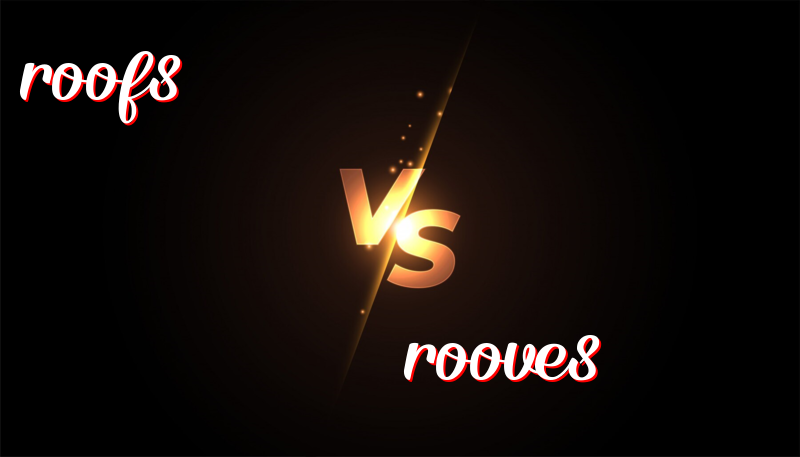Roofs vs Rooves: Understanding the Difference
Roofs versus Rooves
Roofs:
– History: The word “roofs” is used to describe the top covering of a building or structure.
– How to use: “Roofs” is the correct plural form of “roof.”
– Trick to Remember the Difference: Remember, when talking about more than one roof, use “roofs.”
Example sentences for “Roofs”:
1. The roofs of the houses in our neighborhood are all red.
2. During the storm, some of the roofs were damaged by the strong winds.
3. The workers were repairing the roofs of the old barns.
4. The birds like to sit on the roofs of the buildings and sing.
5. The snow on the roofs was shimmering in the sunlight.
Rooves:
– History: “Rooves” is an old-fashioned plural form of the word “roof.”
– How to use: Although considered outdated, some people still use “rooves” as a plural form of “roof.”
– Trick to Remember the Difference: While “rooves” was once used, it is more common to use “roofs” in modern English.
Example sentences for “Rooves”:
1. In old English, people used to say “rooves” instead of “roofs.”
2. Some poets and authors prefer using “rooves” in their writing for a nostalgic touch.
3. The historical buildings in the town have unique rooves that stand out.
4. Even though it is not as common now, some traditional craftsmen still refer to them as rooves.
5. The novel described the quaint cottage with thatched rooves.
Summary:
In modern English, it is more commonly accepted to use “roofs” as the plural form of “roof.” While “rooves” was once used in the past, it is considered old-fashioned and outdated in today’s language. To be correct and understood easily, it’s best to use “roofs” when referring to multiple roof coverings.

Leave a Reply
You must be logged in to post a comment.